Half a century ago, for 9 years, 915 soldiers of the 10th Rung Sac Special Forces Group died from bombs or crocodiles, of which 542 remains have not been found. Their bodies, their flesh and blood turned into alluvium to nourish mangrove trees, mixed with the brackish water of the Long Tau River. Saying this is to see the fierceness, hardship and great loss of the Rung Sac Special Forces soldiers, that when returning to the old battlefield, hero Le Ba Uoc had to wonder "where are the snails" and "crabs" of his comrades now?
Coming to Rung Sac, listen to the tour guide tell the story of the Rung Sac Special Forces Group 10 fighting the enemy for 9 years with 600 large and small battles, sinking and burning 356 warships; sinking 13 transport ships from 8,000 - 13,000 tons, burning 145 other transport ships, shooting down 29 helicopters; destroying 110,000 tons of bombs and ammunition, 250 million liters of enemy gasoline...
 |
Model of Sac Forest commando soldiers researching on the Nha Be Petroleum Depot sand table. |
1. Long Tau River, the enemy's military waterway gateway from the East Sea to the inner city. The enemy deployed the most stringent defense and protection forces to ensure safety. Our side also identified the Sac Forest area (now in Can Gio district, Ho Chi Minh City) as an important strategic area, so on April 15, 1966, the Regional Command established the Sac Forest Military Special Zone (Code name T10, later renamed the Sac Forest Special Forces Group 10) with the mission of blocking the waterway through Long Tau River, destroying important warehouses and storage yards in the Nha Be and Nhon Trach areas (Dong Nai).
As soon as it was established, Group 10 planned to immediately attack the 10,000-ton military transport ship Baton Rouge Victory. At that time, the Victory was carrying 100 tanks, 2 helicopters, and 20 tons of supplies for a division of American soldiers.
After 4 months of eating, sleeping, and soaking in the Long Tau River for research, on August 23, 1966, the soldiers placed 2 mines, each weighing more than 1,000kg, to sink the Victory ship, causing the Commander-in-Chief of the US expeditionary force in South Vietnam to admit "a strange battle in a strange war".
 |
Tourists attentively listen to the explanation about the exploits of the Sac Forest commandos. |
2. Crossing the Dong Nai River to destroy Thanh Tuy Ha bomb depot (now Phu Thanh commune, Nhon Trach district, Dong Nai). Thanh Tuy Ha was built by the French as a place to ensure logistics and technology. When the US replaced the French, this place was invested in repairing, upgrading and expanding into a large weapons and ammunition depot, second only to Long Binh General Depot.
Here, there are 14 layers of barbed wire fences, divided into 3 defensive lines with a system of bunkers and trenches. The protection force includes 1 infantry battalion, 1 engineer battalion, 1 police platoon...
At the end of 1972, the US increased its bombing of the North, and Group 10 decided to attack the Thanh Tuy Ha bomb depot. The mission was assigned to Team 32. From October 12 to October 21, 1972, Team 32 made 8 unsuccessful attempts to break into Thanh Tuy Ha.
On the night of November 11 and the early morning of November 12, 1972, 4 soldiers and 16 blocks of explosives quietly crossed 14 barbed wire fences, minefields and guard posts, placed explosives and then retreated one by one. At the appointed time, a series of explosions resounded. Explosives and napalm bombs created huge fires that filled the sky with black smoke for 2 days and nights. 23 ammunition depots and 9 napalm bomb depots (about 200,000 bombs) were burned.
But Group 10 was not satisfied with the results, so a month later, the soldiers were determined to fight back. On the night of December 13 and the morning of December 14, 1972, the soldiers counted 8 rows of bombs in each warehouse, each row had 66 bombs at the bottom and 6 bombs at the top. At exactly 1:00 a.m., after setting the timed mines, the soldiers escaped from Thanh Tuy Ha. In total, each person had set 25 sets of bombs according to regulations.
At nearly 3:00 a.m. on December 14, 1972, the commando team arrived at Bau Sen when the bomb depot exploded. The chain explosions like continuous thunder from thousands of bombs shook the ground. The entire large depot was engulfed in a giant sea of fire, exploding and burning for 3 days and 3 nights.
 |
Sac Forest - where 1,000 special forces soldiers of Group 10 operate. |
3. The history of the 10th Division's exploits is also marked by the battle at Nha Be Petroleum Depot. This place supplies 60% of the petroleum needs for civilians and the military in the South. Identifying this as the number 1 target to cut off the petroleum supply for the enemy's equipment, the 10th Division assigned the task to Team 5. Team 5 selected 8 brave, resourceful, and agile soldiers, commanded by Team Leader Cao Hung Ngọt.
The narrator talked about the petroleum depot at that time, there were 3 famous companies: Caltex, Shell and Essco. Of which, Shell’s depot was the largest, located in the middle, about 14 hectares wide and had 72 tanks. The smallest tank was 15m high, 25m in diameter, the largest was 25m x 40m. The depot was strictly protected with 12 barbed wire fences, with guards and watchtowers; in the sky, planes regularly patrolled, dropping flares “day and night”; on the Nha Be River, canoes were constantly roaming.
After 14 months of investigation (from October 1972 to December 1973) with dozens of reconnaissance, research, drawing of sand tables, and coming up with 11 combat plans, on the night of December 2, 1973, 8 soldiers of Team 5 had their last meal, said goodbye to their comrades, swore that they would not return until they burned the Shell warehouse and sent the message "any comrade who returns, please send my regards to your brothers at home and the people of Rung Sac".
At 0:35 a.m. on December 3, 1973, Nha Be Oil Depot exploded. The soldiers escaped safely, but two soldiers were surrounded and captured by the enemy on the river and had to detonate grenades to avoid falling into enemy hands.
The Shell warehouse burned for 12 days and nights, completely destroying 250 million liters of gasoline, 12 butaga tanks, a 12,000-ton Dutch oil tanker, an oil refinery, an oil mixing facility and a food warehouse, causing total damage of about 20 million USD. The burning of the Nha Be gasoline and oil warehouse alarmed the US government and shocked the world.
4. With such resounding achievements and great sacrifices, in 1973, the 10th Special Forces Group of Rung Sac was awarded the title of Hero of the People's Armed Forces. Team 5 was twice honored as Hero of the People's Armed Forces (in 1972 and 1975). 6 comrades were honored and posthumously awarded the title of Hero of the People's Armed Forces. Team 5 and Team 2 were awarded the title of "Unit of the Citadel of Victory". The entire group has 38 Military Exploit Medals, 154 Exploit Medals, 1,841 Certificates of Merit, 1,740 Certificates of Merit, 16 Emulation Fighters at the Sub-region level, 268 Emulation Fighters at the grassroots level, and 155 brave soldiers at all levels.
Sac Forest is now green with the green of the forest, the sky and the uniforms of the forest rangers and tour guides. Sac Forest now has no more bombs or bullets, but the heroic song of the patriot, for the independence and freedom of the people for 50 years still resonates.
Sac Forest now welcomes visitors from all over, fascinated by stories about the exploits and sacrifices of special forces soldiers.
Source: https://baophapluat.vn/ve-rung-sac-nghe-chuyen-dac-cong-doan-10-danh-giac-post547035.html


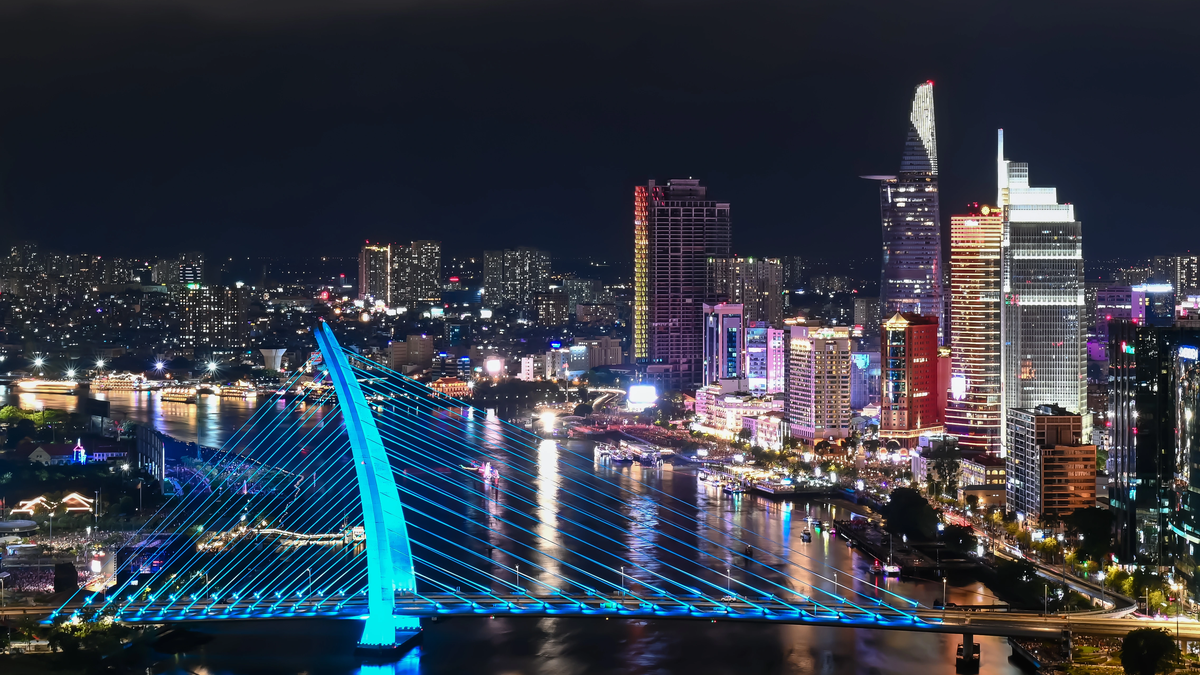
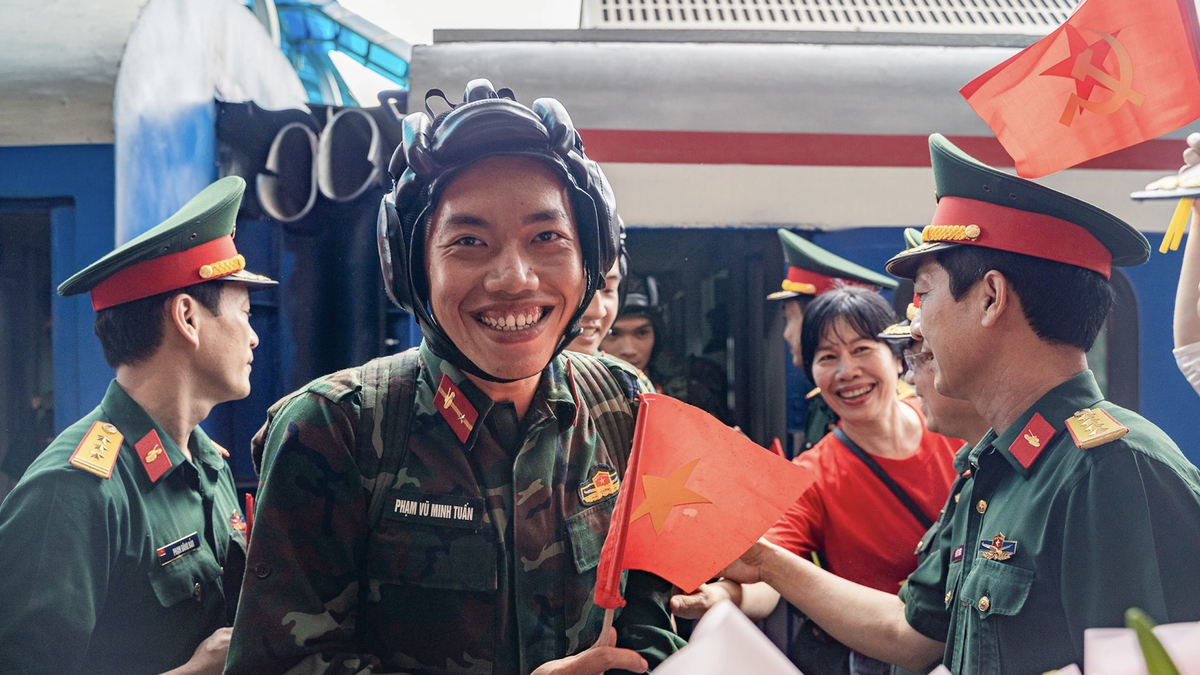
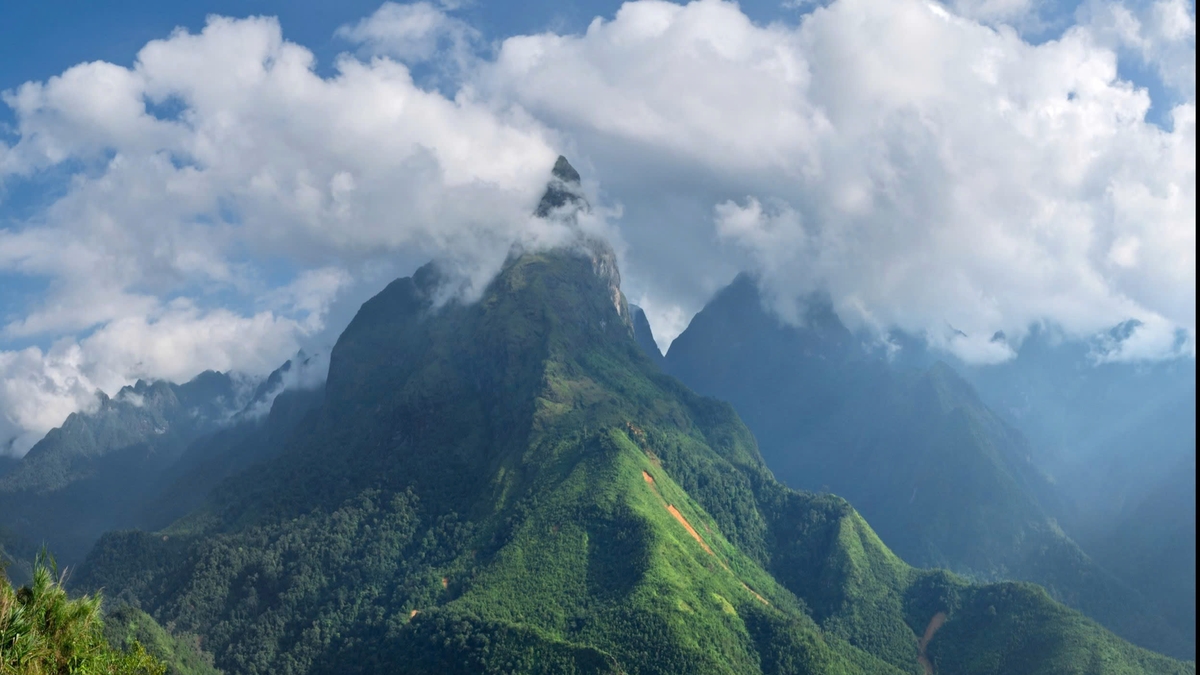
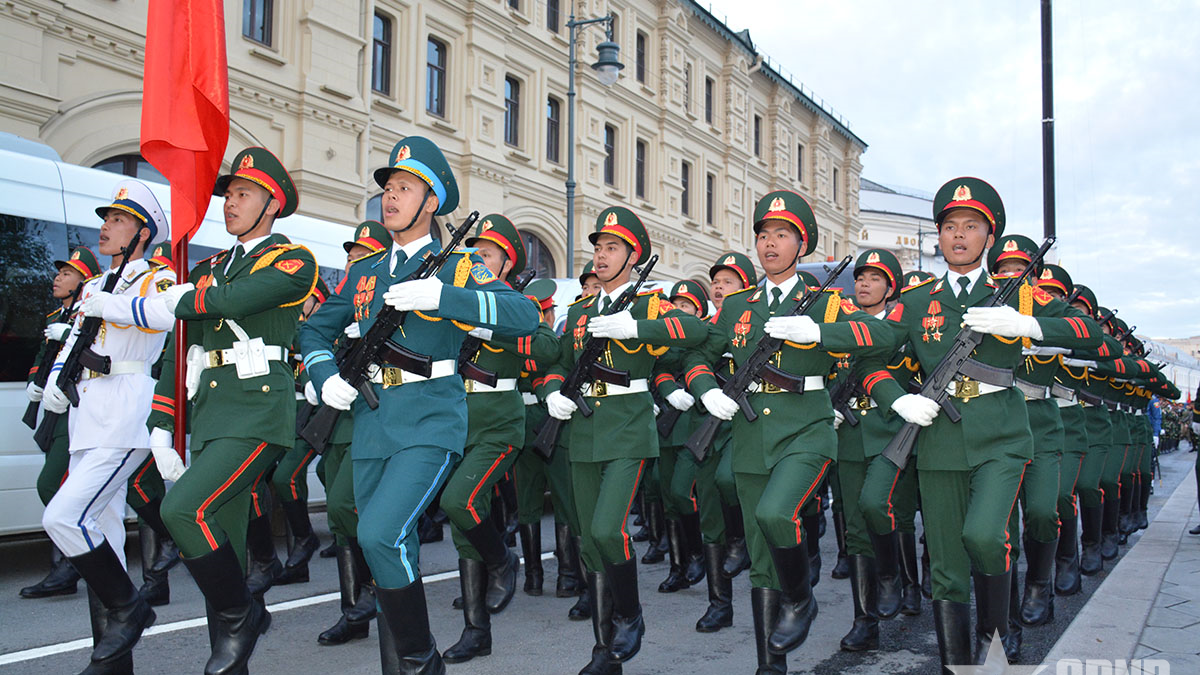

![[Photo] Vietnam shines at Paris International Fair 2025 with cultural and culinary colors](https://vphoto.vietnam.vn/thumb/1200x675/vietnam/resource/IMAGE/2025/5/4/74b16c2a197a42eb97597414009d4eb8)
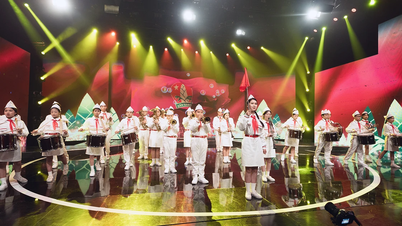
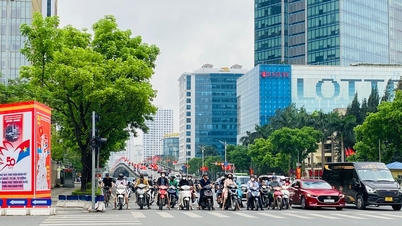

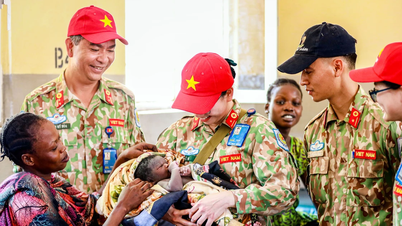






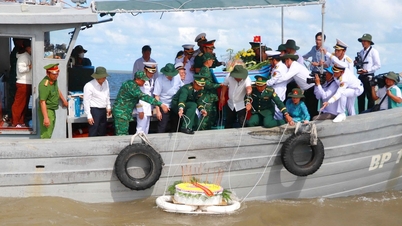


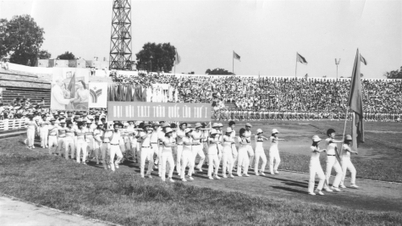

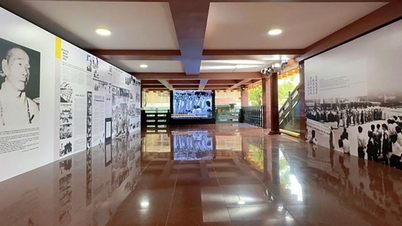
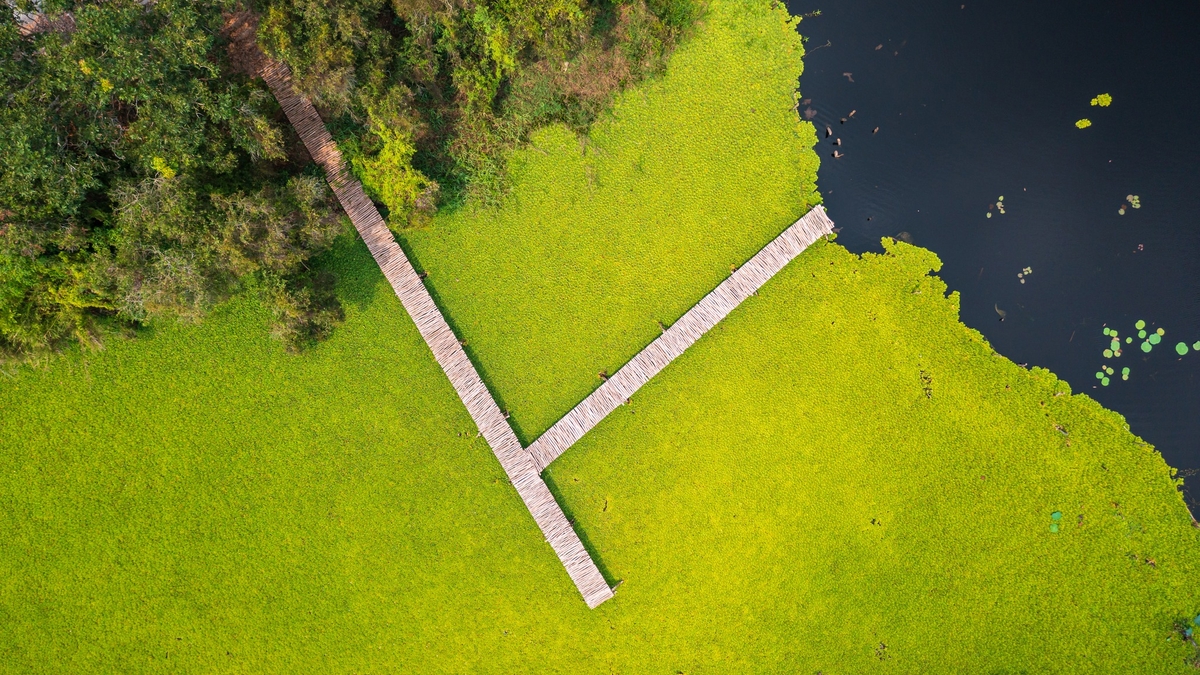





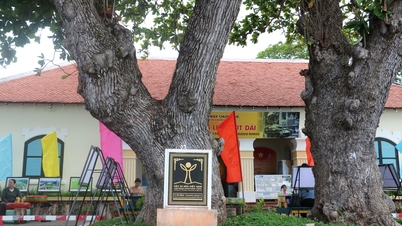

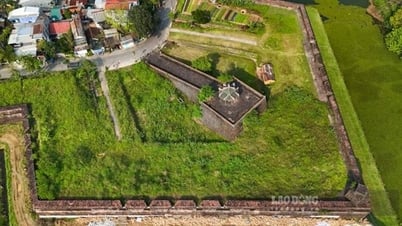




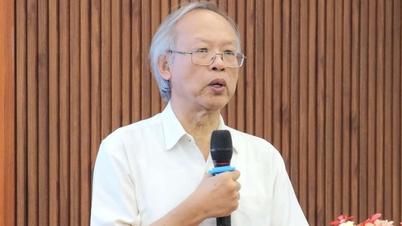

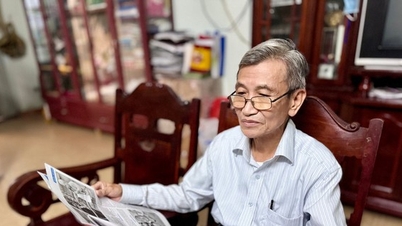
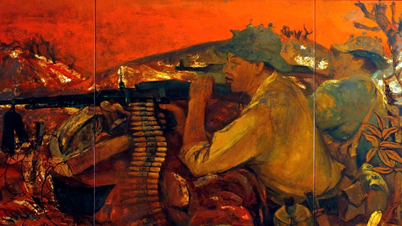







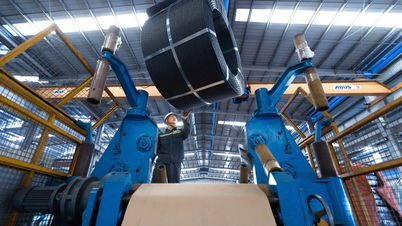



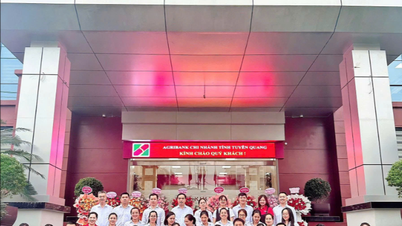


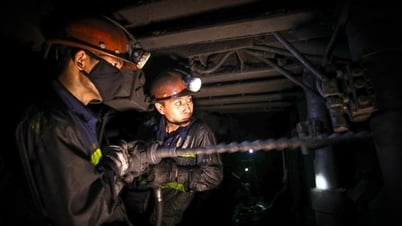


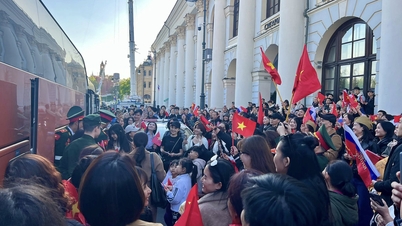








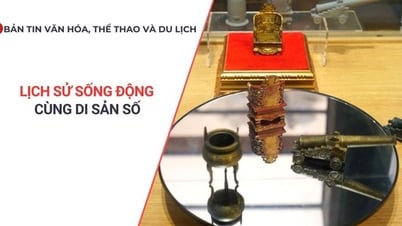














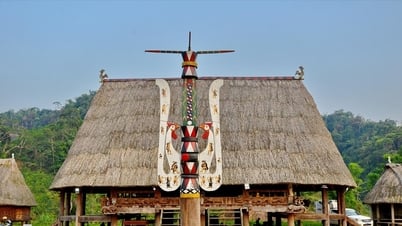

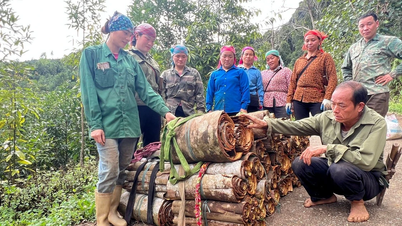






![[Video]. Building OCOP products based on local strengths](https://vphoto.vietnam.vn/thumb/402x226/vietnam/resource/IMAGE/2025/5/3/61677e8b3a364110b271e7b15ed91b3f)



Comment (0)